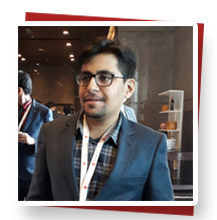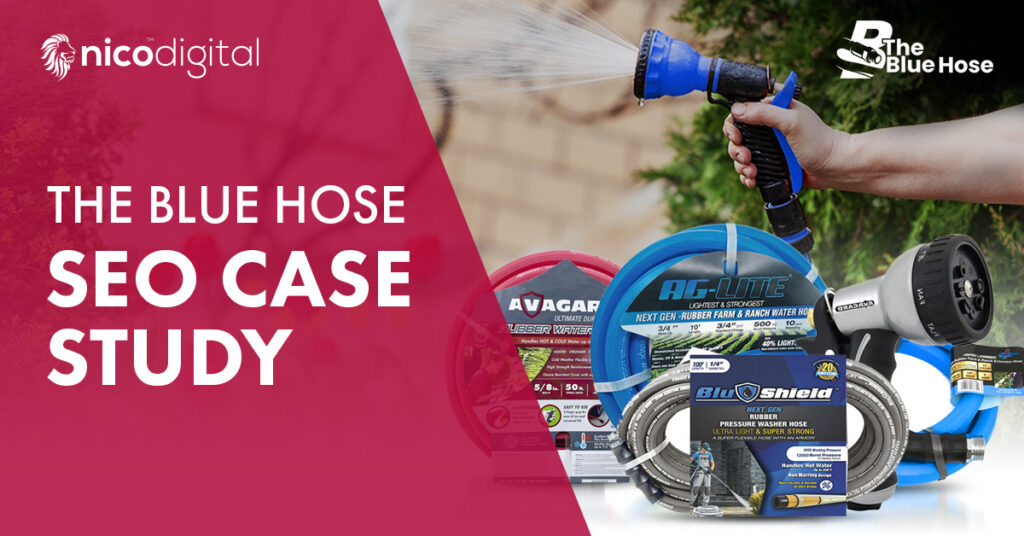
With multiple opinions flocking around the subject of Growth Marketing vs Demand Generation, it is imperative for us to shed light on what it truly means.
This article would resolve all your doubts in case they are brewing!
As we explore the overlapping nature of the two pivotal terms in this sector, the strategies, differentiations and benefits of the concepts would be discussed. Marketers would be able to identify where to streamline their energies as per effective modern marketing strategies- Skyrocket sales and elevate the brand image!
Table of contents
2. So did brand marketing become obsolete?
3. Benefits of growth marketing
5. Top ways to grow demand for any B2B brand
What is Growth Marketing?
Growth marketing is a comprehensive approach involving data driven, innovative strategies for creating customer led sustainable growth . It is a robust, multi-faceted marketing concept, as it does not only focus on the top of the funnel alone, but all elements and stages of the customer journey.
Not merely customers, the right ones! Make them very happy so that they can bring more!
- Happy customers would happily broadcast the brand name across their social networks.
- Email marketing can be a comeback for growth marketing resolutions and revolutions. It helps in organic distribution of content. But email lists need to be regularly maintained and updated for maximizing impact.
- Use landing pages for converting traffic from the blogs- this is to win conversions by ushering leads
- Build partnerships with competitors and influencers while tapping into their audiences.
- A/B testing determines what strategies are useful and what all simply are a waste of time.
It builds in creating repeat, loyal customers for driving revenue, traffic alongside growth metrics.

In contrast to traditional marketing which focuses primarily on acquisition, activation and awareness, growth marketing also emphasizes revenue, referral and retention, where gained customers can stick around and tell their friends! This marks the onset of sustainable, long-term growth. Old days found digital marketing to just be brand marketing through PR, advertising, events and webinars. However, the impact of every marketing activity could not be analyzed.
So did brand marketing become obsolete?
It is not applicable majorly to numerous marketers for the sole reason of many organizations not having a personal brand. If one is not a top player in their space, they have no visibility. So focusing on a brand identity at such a stage would not help if competitors already have an advantage.
And therefore, the best way to drive growth in the current digital scenario is to exploit blind spots in the competitors. One cannot afford to get left behind. Marketers should understand fast iteration and data-driven strategies.

Benefits of growth marketing
1.Focus on the full funnel: Growth marketing optimizes all the stages of a customer’s journey, from acquisition to referral.
2.Data-Oriented: It utilizes data for understanding user behavior, guiding strategic decisions, and allowing better insights.
3.Long-term: As growth marketing focuses on customer referral and retention, it fosters long-term, sustainable growth.
4.Holistic in nature : It considers every factor that links a customer with a brand, where a seamless, coordinated customer experience is allowed.
It blends creativity, analysis, experimentation, constant tests and optimization for getting effective solutions!
The mantra is to not fret failure but welcome it for eventual success.
What is demand generation?
Demand generation is a systematic approach of marketing used for cultivating brand awareness and customer interest. It includes targeted programs of marketing such as events, email marketing, paid advertising, and content syndication for generating initial interest of the customers. It also guides potential consumers in their journey from product discovery to eventual purchase.
The present economic situation finds retention to become a marketing priority for generating demands. Expecting higher quality leads is significant. It is actually easier to retain a customer than gain new ones.

It is a combination of process, people and technologies for driving a predictable pipeline
7 ways to grow demand for any B2B brand
• Leveraging customer intent data for finding in-market buyers
It will help in approaching in-market buyers at the right time with the right messages.
• Building authority through relevant and high-quality content
Delivering right content for increasing the chances of conversion after identifying leads.
• Determining the acquisition channels
While lead gen acquires numerous leads in the funnel, demand gen can focus on what is to be done once they are there.
• Giving away the best assets for free!
Offering high-quality content that amplifies lead generation for free would act as a trust signal for new leads.
• Generating leads with paths of clear conversion
Turn the leads into repeat customers through persuasion.

• Using web analytics for optimizing inbound strategies
Lead quality, engagement, price per head are some valuable metrics for ensuring an optimized demand strategy.
• Wrap and repeat!
It’s a cyclical process hinged on efficient repetition, tracking progress and maintenance of an upward growth trajectory!


Benefits of demand generation
• Interest and awareness
Demand generation can increase brand visibility by engaging potential customers, and creating interest in a brand’s services and products.
• Qualified Leads
Creation of informative content caters to a targeted, specific market segment, while attracting and nurturing high-quality leads that can convert.
• Building strong brand preference
Demonstration of value through different target marketing strategies can help in establishing a brand preference and image.
• Revenue Boost
Successful strategies of demand generation facilitates leads in the funnel, thereby increasing revenue and boosting sales.
Both concepts are equally important in an organization as they crucially drive business growth.
Key takeaways to sum it up!
Growth Marketing focuses on marketing, as well as overall growth of the business through user acquisition and qualified leads.
Demand generation focuses on getting qualified leads as well as new customers.
Demand generation teams focus on creating awareness, attract leads, nurture them in the funnel.
The growth team optimizes all levels in a customer’s journey from acquisition to retention.

Growth Marketing vs Demand Generation – Key Differences
| Factors | Growth Marketing | Demand Generation |
| Goal | Long-term growth | Lead generation and short-term results. |
| Definition | Acquisition, traffic, revenue | Leads moving across a pipeline |
| Time | Sustained | Focused on campaigns, short-term |
| Customer lifecycle | Advocacy, holistic acquisition | Lead generation through awareness or interest |
| Metrics | Retention rate, churn, revenues growth, CAC, CLV | Conversion rate, lead volume, CPL, short-term revenue impact |
| Integration | Cross-functional | Centered around marketing |
| Approach | Iterative, data-driven | Traditional tactics of marketing |
So what’s right for your business?
You will have to consider the business objectives, goals, and customer buying cycles. If the agenda for your business is gaining rapid growth and there is an agility for experimentation, growth marketing is the way to go. But if you have enough resources and time for long-term relationships, and can invest in nurturing the brand, demand generation will be the right path to choose.
Growth pipeline
Acquisition to Advocacy

Demand Pipeline
Interest cultivation and potential customer engagement

How are team structures different in both cases?
| GROWTH MARKETING TEAM | DEMAND GENERATION TEAM |
| Growth manager
Oversees overall plan and execution of initiatives. Works closely with sales, marketing teams, and products. |
Demand generation manager
Leads the team, strategizes campaigns, creates and manages the budget. Ensures demand strategies to align with sales objectives. |
| Data Analysis
Analyses user behavior through data, thereby directly influencing growth strategies. |
Content Creators
Designers and writers create engaging content for informing leads regarding the company’s services/products, and influence purchase decisions. |
| Product Marketers
Identify growth zones in the product range Runs campaigns for increasing user retention or engagement. |
Digital marketers
They manage various SEO, PPC, ad campaigns amongst digital initiatives. |
| Growth Marketers
Carry out experimentative, innovative marketing strategies. Components of their team include SEO, A/B testing, social media, content marketing. |
Marketing automation specialist
They manage and implement automation platforms for measuring effectiveness and ensuring leads are carried across the funnel of sales. |
| UX/UI designers
Ensure optimal experience for users. |
NA |
Conclusion
The distinction between “Growth Marketing vs Demand Generation” is notably significant in the digital marketing landscape, as each concept holds unique approaches and strengths.
Informed decisions can take place on understanding the advantages of these concepts, where businesses can align their marketing strategies with their goals. It has also been seen how pipelines for demand generation and growth marketing are different.
While demand focuses on targeted, upfront brand visibility and attracting leads, growth marketing involves the whole customer journeys with complete funnel optimizations. Whether one needs rapid growth or long-term growth, building the value of relationships over time reigns to be a predominant strategy in this sector!
Ready to drive your Business forward? Generate demand and revolutionize growth for targeted leads. Click now to supercharge your brand and gain unprecedented success!























